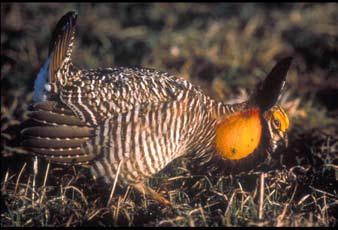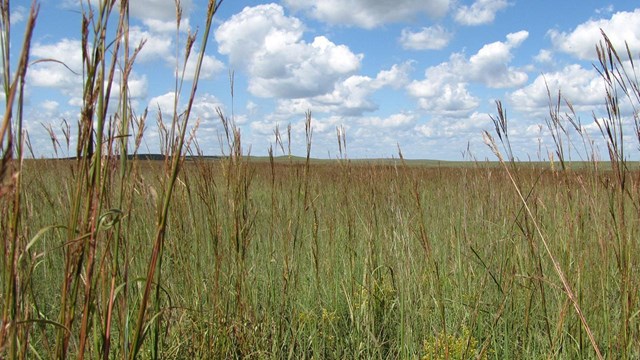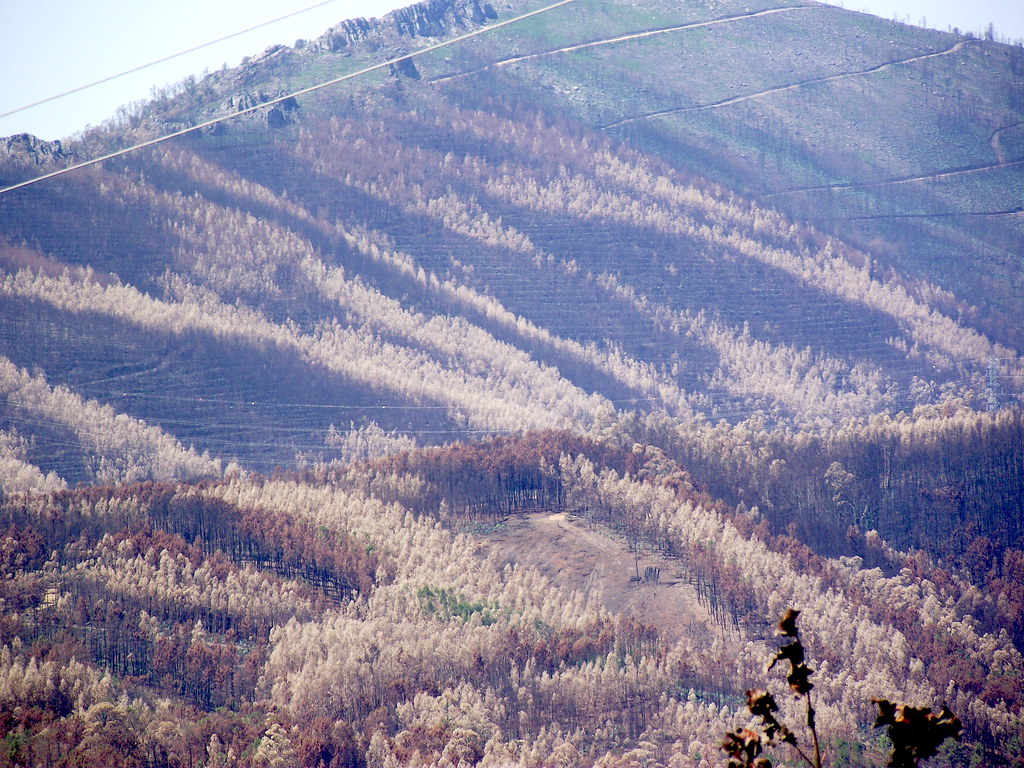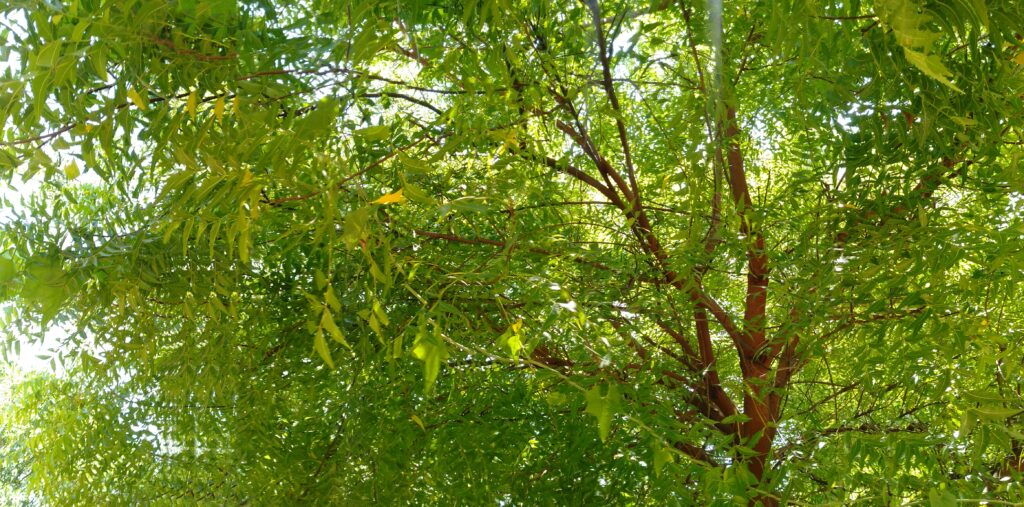In August 2022 I blogged about unwise planting of trees in New Zealand as a warning about rushing to ramp up tree planting as one solution to climate change.
New Zealand has adopted a major afforestation initiative (“One Billion Trees”). This program is ostensibly governed by a policy of “right tree, right place, right purpose”. However, Bellingham et al. (2022) [full citation at end of blog] say the program will probably increase the already extensive area of radiata pine plantations and thus the likelihood of exacerbated invasion. They say the species’ potential invasiveness and its effects in natural ecosystems need more thorough consideration given that the pines
- have already invaded several grasslands and shrublands;
- are altering primary succession;
- are climatically suitable to three-quarters of New Zealand’s land
A new study by Moyano et al. [full citation at the end of the blog] tackles head-on the question of whether widespread planting of trees to counter climate change makes sense. They focus on plantings in naturally treeless ecosystems, i.e., grasslands, shrublands and wetlands. They find that:
- relying on tree planting to significantly counter carbon change in the absence of reducing carbon emissions would require converting more than a third of Earth’s of global grasslands into tree plantations.
- Reforestation of areas previously forested has the potential to produce a net increase in carbon sequestration more than twice as great as can be done by afforesting unforested areas.
Moyano et al. conclude that conservation and restoration of degraded forests should be prioritized over afforestation projects. This recommendation confirms points made in an earlier blog. Then I reported that Calders et al. (2022) said temperate forests account for ~14% of global forest carbon stocks in their biomass and soil. They worried that ash dieback link will kill enough large trees that European temperate deciduous forests will become a substantial carbon source, rather than sink, in the next decades. In my blog I pointed out that other tree taxa that also formerly grew large – elms, plane trees, and pines – have either already been decimated by non-native insects and pathogens, or face severe threats now.
Moyano et al. also point out that naturally treeless ecosystems are often at risk to a variety of threats, they provide numerous ecosystem services, and they should be conserved.
Loss of Biodiversity
Tree planting in naturally treeless areas changes ecosystems at the landscape scale. Moyano et al. say these changes inevitably degrade the natural biodiversity of the affected area. For example, grasslands provide habitats for numerous plant and animal species and deliver a wide range of ecosystem services, including provisioning of forage for livestock, wild food and medicinal herbs, + recreation and aesthetic value. Already 49% of Earth’s grassland area is degraded. Restoration of herbaceous plant diversity in old growth grasslands requires at least 100 years.
These obvious impacts are not the only losses caused by conversion of treeless areas to planted forests.
Ambiguous Carbon Sequestration Benefits
Grasslands store 34% of the terrestrial carbon stock primarily in the soil. Tree planting in grasslands can result in so much loss of carbon stocks in the soil that it completely offsets the increment in carbon sequestration in tree biomass. The underlying science is complicated so scientists cannot yet predict where afforestation will increase soil carbon and where it will reduce it. Important factors appear to be
- Humid sites tend to lose less soil carbon loss than drier sites;
- Soil carbon increases as the plantation ages;
- Tree species: conifers either reduce soil carbon or have no effect; broadleaf species either increase soil carbon or have no effect.
- Sites with higher initial soil carbon tend to lose more carbon during afforestation.
- Afforestation has greater impacts on upper soil layers.
Moyano et al. assert that appropriate management of grasslands can provide low cost, high carbon gains: a potential net carbon sequestration of 0.35 Gt C/ year at a global level, which is comparable to the potential for carbon sequestration of afforestation in all suitable dryland regions (0.40 Gt C/year).
Changes in Albedo
Trees absorb more solar energy than snow, bare soil or other life forms (such as grasses) because they reflect less solar radiation (reduced albedo). Moyano et al. say the resulting warmer air above the trees might initially offset the cooling brought about by increased carbon sequestration in the growing trees’ wood. Only after decades does the increase in carbon sequestration compensate for the reduction in albedo and produce a cooling effect. Furthermore, they say, the eventual cooling effect that afforestation could create is slight, reducing the global temperature only 0.45°C by 2100 if afforestation was carried out across the total area actually covered by crops. As they note, replacing all crops by trees maintained to sequester carbon is highly unlikely.
Increased fire severity
Planting trees in many treeless habitats – deserts, xeric shrublands, and temperate and tropical grasslands – increases fire intensity. This risk is exacerbated when managers choose to plant highly flammable taxa, e.g., Eucalyptus.Already the fire risk is expected to increase due to climate change. These fires not only threaten nearby people’s well-being and infrastructure; they also release large portions of the carbon previously sequestered, thus undermining the purpose of the project. Moyano et al. note that the carbon stored in the soil of grasslands is better protected from fire.
Water supplies reduced
Afforestation changes the hydrological cycle because an increase in carbon assimilation requires an increase in evapotranspiration. The result at the local scale is decreased water yield and increased soil salinization and acidification. Water yield losses are greater when plantations are composed of broadleaf species. Moyano et al. point out that these water losses are more worrying in areas where water is naturally scarce, e.g., the American southwest, including southern California. On the other hand, increased evapotranspiration can enhance rain in neighboring areas through a redistribution of water at the regional scale and increased albedo through the formation of clouds.
Moyano et al. say planting trees also alters nutrient cycles. To my frustration, they don’t discuss this impact further.
Bioinvasion risk
Moyano et al. cite several experts as documenting a higher risk of bioinvasion associated with planting trees in naturally treeless systems. These invasions expose the wider landscapes to the impacts arising from tree plantations, e.g., increased plant biomass carbon sequestration, reduced soil carbon, reduced surface albedo, increased fuel loads and fuel connectivity, reduced water yield, and altered nutrient cycles. Even native ecosystems that are legally protected can be threatened. Thickets of invading trees can exacerbate some of the impacts listed above since the invading trees usually grow at higher densities. On a more positive side, invading stands of trees often are more variable in age; in this case, they can be more like a natural forest than are even-aged stands in plantations. Because of these complexities, the effect of tree invasions on ecosystem carbon storage becomes highly context dependent. This is rarely evaluated by scientists. See Lugo below.
Moyano et al. say woody plant invasions can exacerbate human health issues by providing habitat for wildlife hosts of important disease vectors, including mosquitoes and ticks. I ask whether plantations using unwisely chosen tree species might raise the same risks. They decry the minimal research conducted on this issue.
Assessing the tradeoffs
The goal is to remove CO2 from the atmosphere by fixing more carbon in plant biomass. Moyano et al. say careful consideration of projects’ potential impacts can minimize any negative consequences. An integrated strategy to address climate change should balance multiple ecological goals. Efforts to increase carbon storage should not compromise other key aspects of native ecosystems, such as biodiversity, nutrient and hydrological cycles, and fire regimes. First, they say, planners should avoid the obvious risks:
- don’t plant fire-prone/flammable tree species; do adopt fuel- and fire-management plans.
- don’t plant potentially invasive species.
- don’t plant forests in vulnerable environments where negative impacts are likely.
In order to both minimize that certain risks will arise and ensure counter measures are implemented if they do, Moyano et al. suggest incorporating into carbon certification standards two requirements:
- that soil carbon be measured throughout the whole soil depth.
- that plantation owners be legally responsible for managing potential tree invasions.
The authors praise a new law in Chile, which prohibits planting monospecific tree plantations as a natural climate solution.
Furthermore, they advocate for regulators conducting risk analyses rather than accepting groundless assumptions about carbon storage and climate cooling effects.
Recognizing the uncertainty about some effects of introducing trees into naturally treeless areas, and interactions between these effects and the key role of the ecological context, Moyano et al. call for increased study of plant ecology. They specify research on the above-mentioned highly variable impacts on soil carbon as well as albedo.
Role of NIS trees in sequestering /storing carbon in U.S.
According to Lugo et al. (2022; full citation at the end of this blog), in the Continental United States, non-indigenous tree species contribute a tiny fraction of the forests’ carbon storage at the current time: about 0.05%. This is because non-native trees are widely scattered; while individuals can be found in more than 61% of forested ecosections on the continent, they actually occupy only 2.8% of the forested area.
However, non-native tree species are slowly increasing in both their area and their proportion of species in specific stands. Consequently, they are increasingly important in the forest’s carbon sink – that is, the amount of additional carbon sequestered between two points in time. In fact, non-native trees represent 0.5% of new carbon sequestered each year. This is ten times higher than their overall role in carbon storage. In other words, the invasive species play increasingly important ecosystem roles in the stands in which they occur.
On the United States’ Caribbean and Pacific islands, non-native tree species are already much more common, so they are more important in carbon sequestration. On Puerto Rico, 22% of the tree species are non-native; link to blog 340 they accounted for 38% of the live aboveground tree carbon in forests. On the Hawaiian Islands, an estimated 29% of large trees and 63% of saplings or small trees are non-native. link to blog 339 Consequently, they store 39% of the mean plot area-weighted live aboveground tree carbon.
SOURCES
Bellingham, P.J., E.A. Arnst, B.D. Clarkson, T.R. Etherington, L.J. Forester, W.B. Shaw, R. Sprague, S.K. Wiser, and D.A. Peltzer. 2022. The right tree in the right place? A major economic tree species poses major ecological threats. Biol Invasions Vol.: (0123456789) https://doi.org/10.1007/s10530-022-02892-6
Calders, K., H. Verbeeck, A. Burt, N. Origo, J. Nightingale, Y. Malhi, P. Wilkes, P. Raumonen, R.G.H. Bunce, M. Disney. Laser scanning reveals potential underestimation of biomass carbon in temperate forest. Ecol Solut Evid. 2022;3:e12197. wileyonlinelibrary.com/journal/eso3
Lugo, A.E., J.E. Smith, K.M. Potter, H. Marcano Vega, and C.M. Kurtz. 2022. The Contribution of NIS Tree Species to the Structure and Composition of Forests in the Conterminous US in Comparison with Tropical Islands in the Pacific and Caribbean. USFS International Institute of Tropical Forestr. January 2022. General Technical Report IITF-54 https://doi.org/10.2737/IITF-GTR-54
Moyano, J., R.D. Dimarco, J. Paritsis, T. Peterson, D.A. Peltzer, K.M. Crawford, M.A. McCary,| K.T. Davis, A. Pauchard, and M.A. Nuñez. 2024. Unintended consequences of planting native and NIS trees in treeless ecosystems to mitigate climate change. Journal of Ecology. 2024;00:1-12
Posted by Faith Campbell
We welcome comments that supplement or correct factual information, suggest new approaches, or promote thoughtful consideration. We post comments that disagree with us — but not those we judge to be not civil or inflammatory.
For a detailed discussion of the policies and practices that have allowed these pests to enter and spread – and that do not promote effective restoration strategies – review the Fading Forests report at http://treeimprovement.utk.edu/FadingForests.htm
or



